If you’re looking for an unforgettable and exciting driving experience, look no further than the G70 Fuzhou-Yinchuan Expressway in Southeast China. This spectacular yet challenging roadway offers travelers some of the most beautiful scenery imaginable as they embark on a journey of winding roads and sheer cliffs that will forever imprint their memory. This expressway is perfect for any self-driving tourists seeking adventure and stunning views, from its towering mountains to its charming old towns and winding rivers. So what are you waiting for? Get your car ready—it’s time to explore all that this incredible destination has to offer!
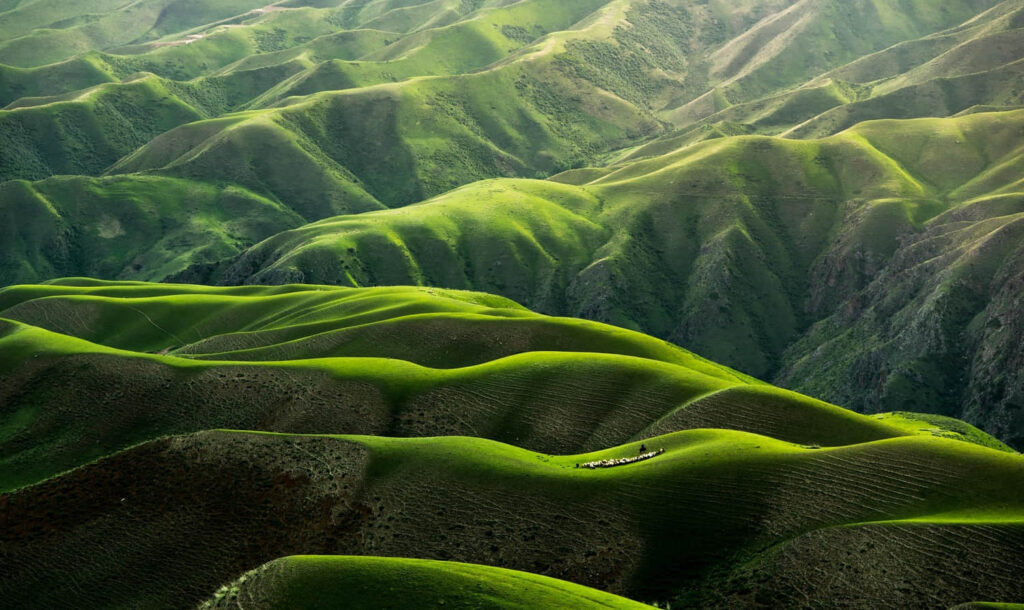
1. The artery to the east and the west: G70
Fuyin Expressway, that is, the expressway from Fuzhou to Yinchuan, is numbered G70 in China’s national expressway network.
The highway starts from Minhou County, Fuzhou, and runs northwest through Fujian, Jiangxi, Hubei, Shaanxi, and Gansu, terminating at Yinchuan Baiji, Ningxia, with a total length of 2,485 kilometers.
The cities crossed by the Fuyin Expressway include Fuzhou, Wuhan, Xi’an, and other famous historical and cultural cities with different folk customs and humanities.
There is also beautiful scenery brought by the topography of Fujian hills, Jiangnan hills, Qinling Mountains, and Loess Plateau, which add some magnificent beauty along the highway.
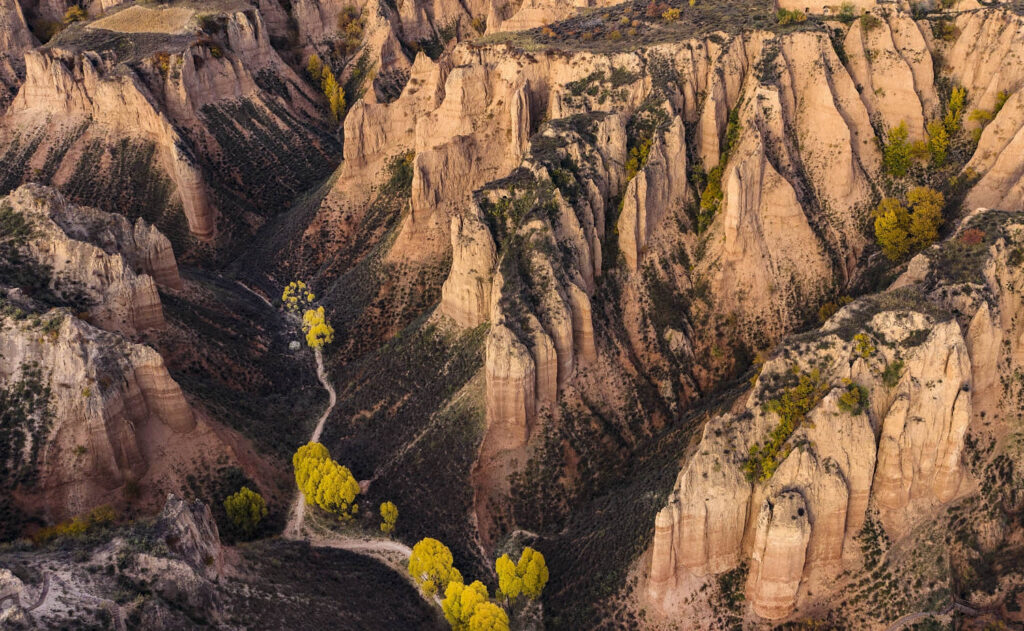
2. Through the hills and mountains: Hilly Plains
As the starting point of the Fuyin Expressway, Fuzhou is a city backed by the Wuyi Mountains and facing the sea, where travelers should not miss the Sanfang Qixiang.
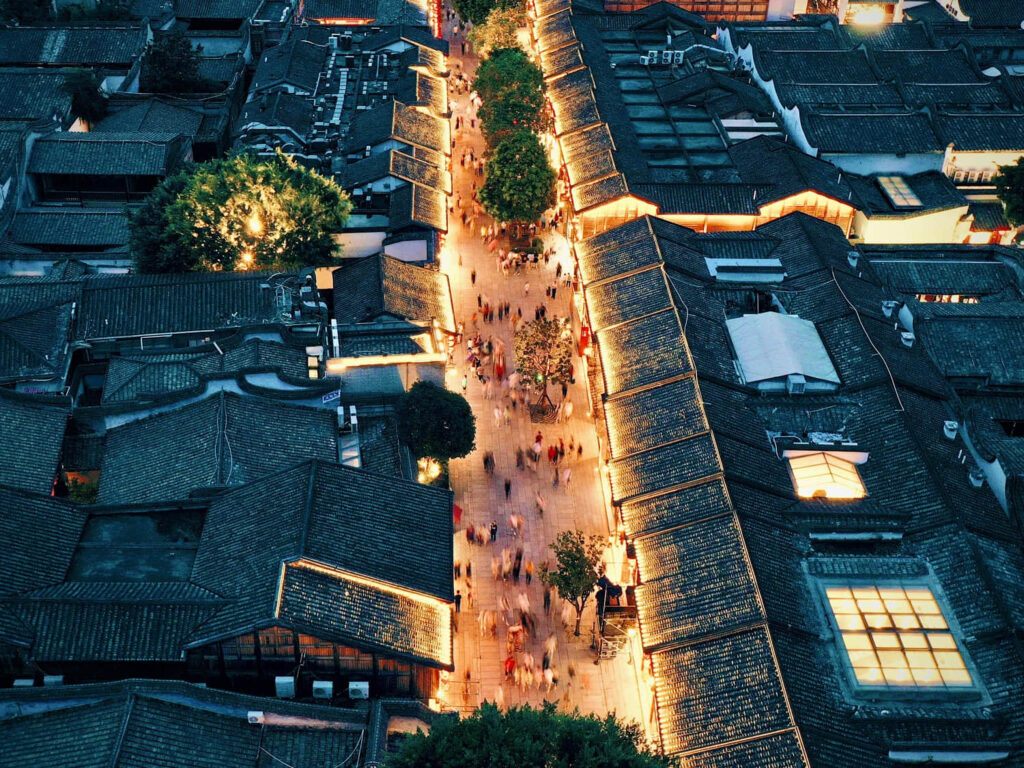
This area, built-in Jin, Tang and Song, and Ming and Qing, is one of the best-preserved ancient streets in China. Although it was once damaged by real estate development, after salvage, there are still many things to see, such as the former residences of various celebrities or the smoke and fire that pervades the streets.
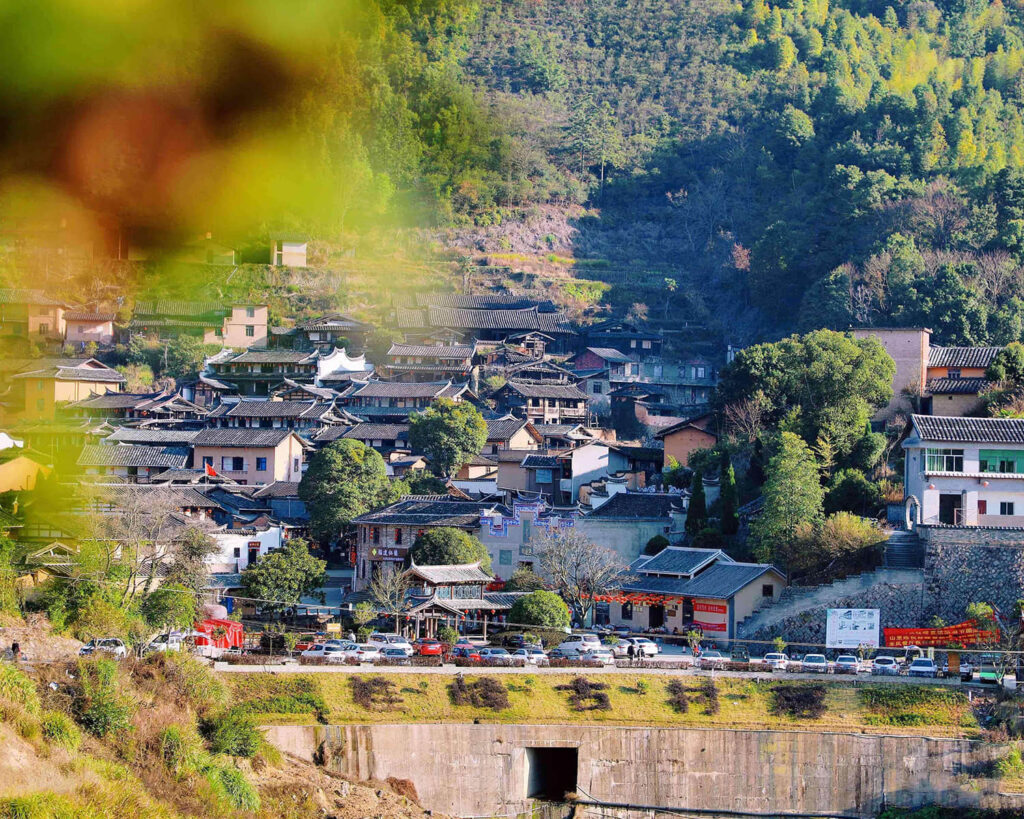
If you like glass flyovers, leave the highway at Jinsha toll station in Minqing County and walk up S308 to Man World to encounter the first glass flyover in Fujian.
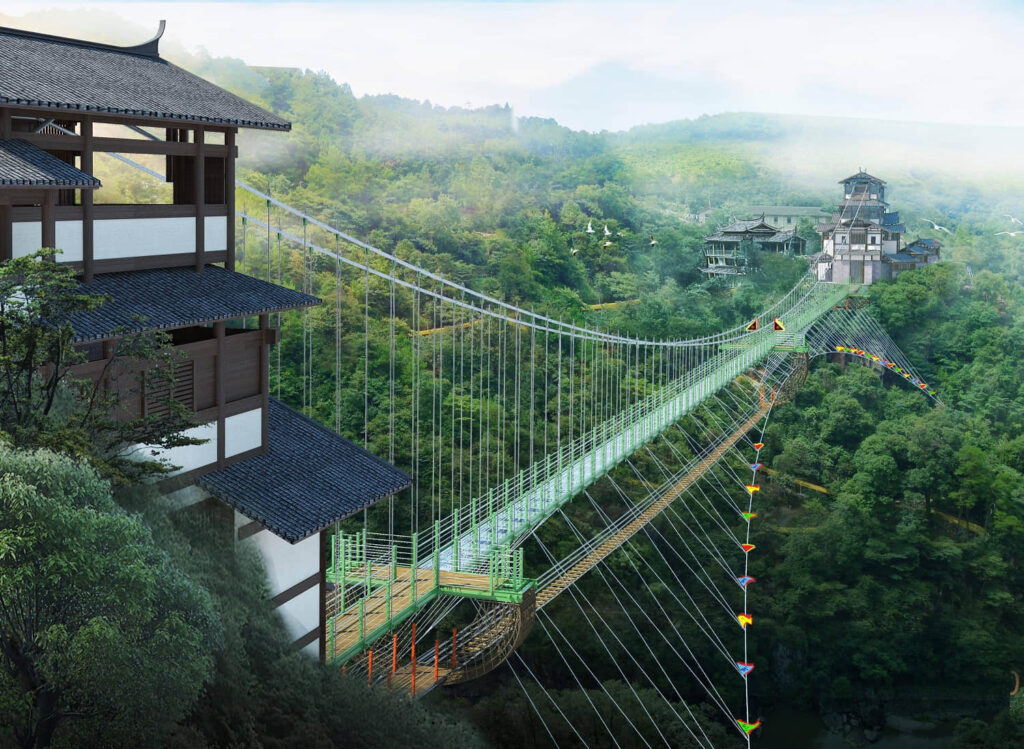
After passing through the Luopanji Tunnel, the Yangzhong Toll Station is not far away, where you can get off the highway and take a dozen kilometers of country roads to reach the Guifeng Ancient Village, a traditional ancient village built on the south side of the Minjiang River.
Autumn is the most lively time of the year in the ancient village, full of harvest festivities, while spring is relatively quiet, you can also see the vibrant Daiyun Mountain Range.
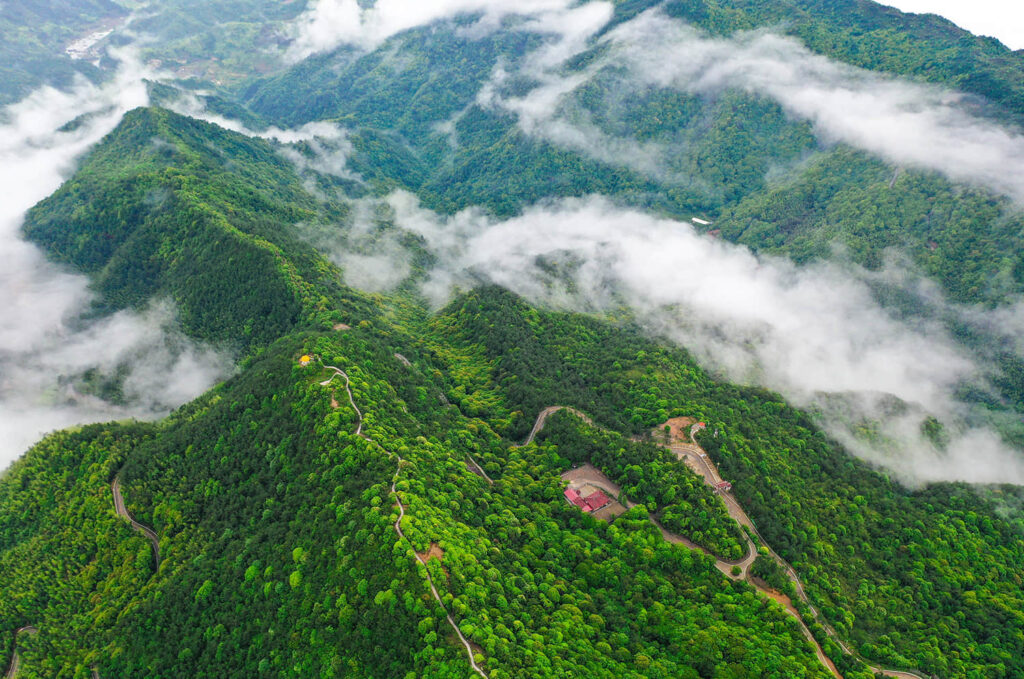
Sha County two words for the country, has been a unique culture, and in the beginning, Shaxian subject to the topography of the hills of Zhejiang and Fujian, the traffic conditions are not good, Sha County snack influence is also limited to the county around.
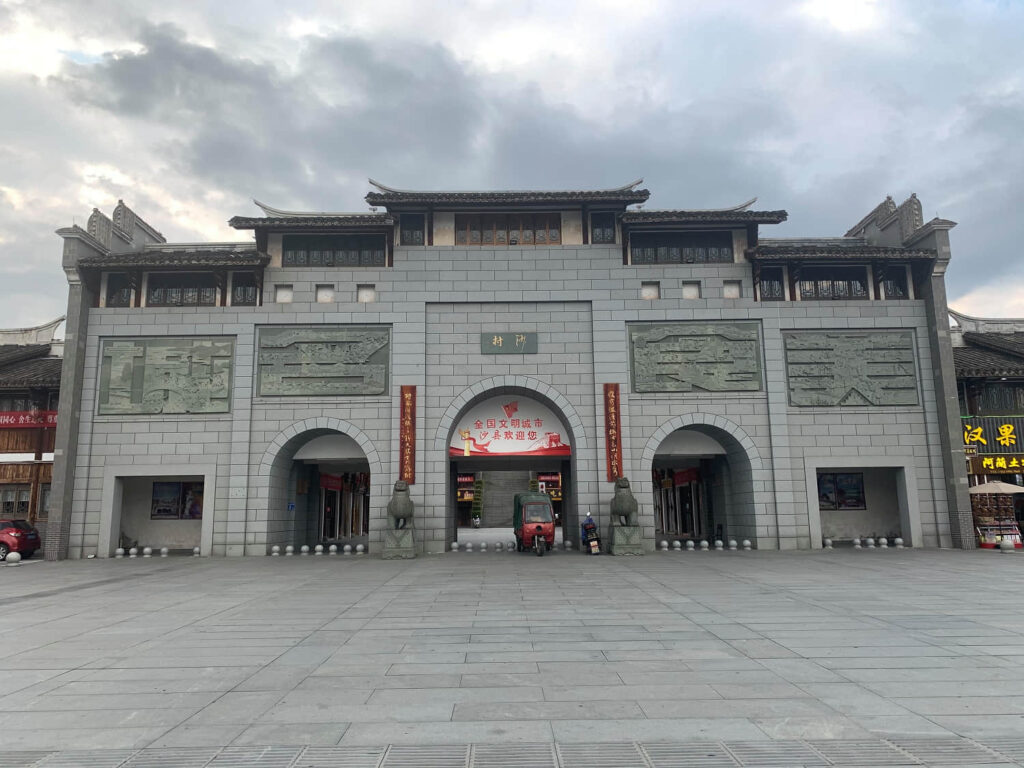
But with the opening of the Fuyin Expressway, the rapid development of transportation, Sha County snacks in the country on all sides of the flower, became a household name of the national snack bar.
From Sha County to Taining, the luster along the way will gradually change to red, which means that you have entered the world of Danxia. Danxia of Taining, together with Danxia of Chishui, Hunan Used Mountain, Guangdong Danxia Mountain, Jiangxi Longhushan, Zhejiang Jianglang Mountain and other places, become the “Danxia of China.”
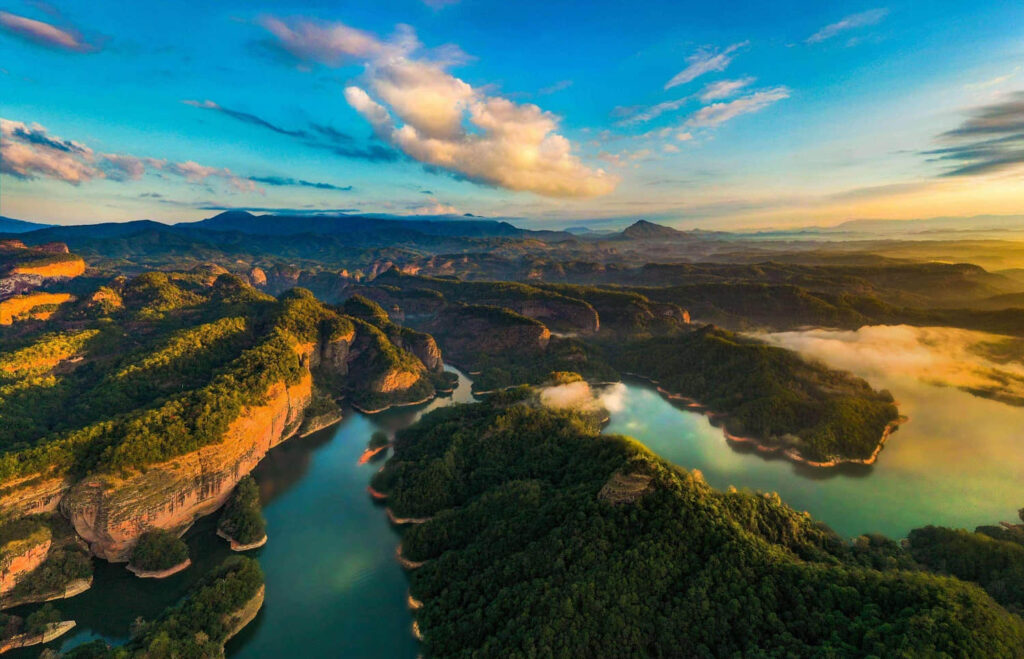
Here, you can see the bright red and beautiful Danxia mountains, the strange mountains and water, and the red peaks rising from the ground.
After Taining, you will cross the Gan-Min provincial border and enter Jiangxi, where the rich red culture and the scenery of rivers and lakes of Poyang Lake Plain will be continuously displayed with the extension of G70.
The villages and towns in Fuzhou basically carry a strong Gan and Anhui flavor, though not like Wuyuan, but the rich life still leaves various surprises for travelers.
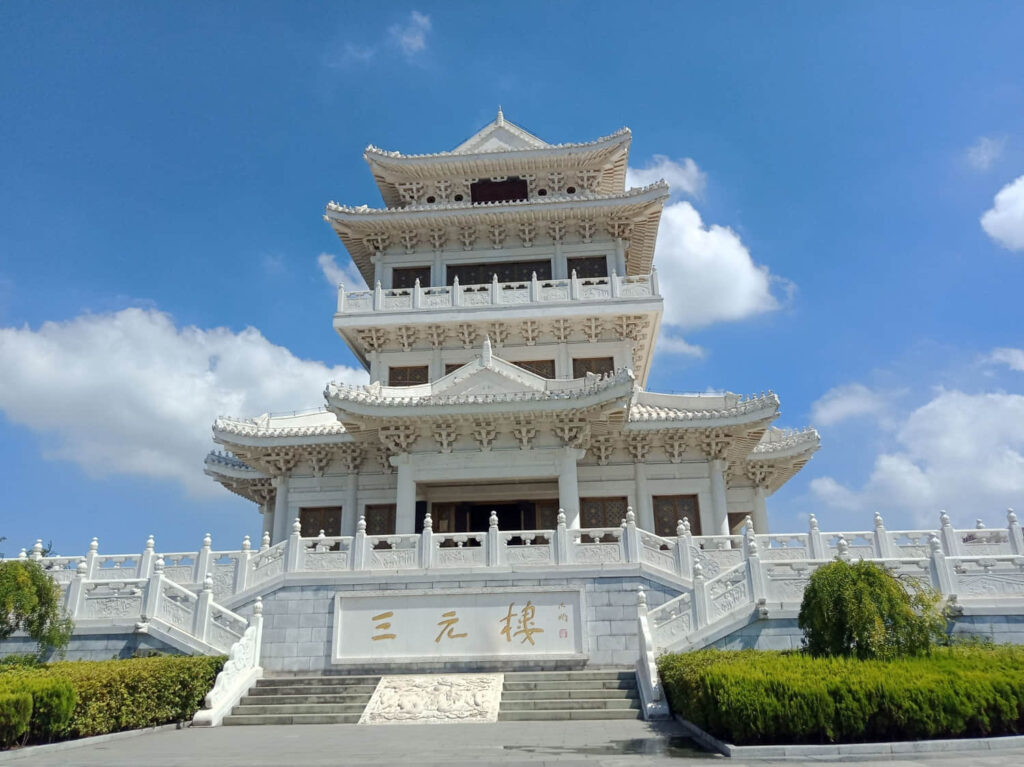
If you go north to Fuzhou, you will arrive at Nanchang, which has always attracted tourists from all over the world, even if you are passing by, it will leave a unique impression on you.
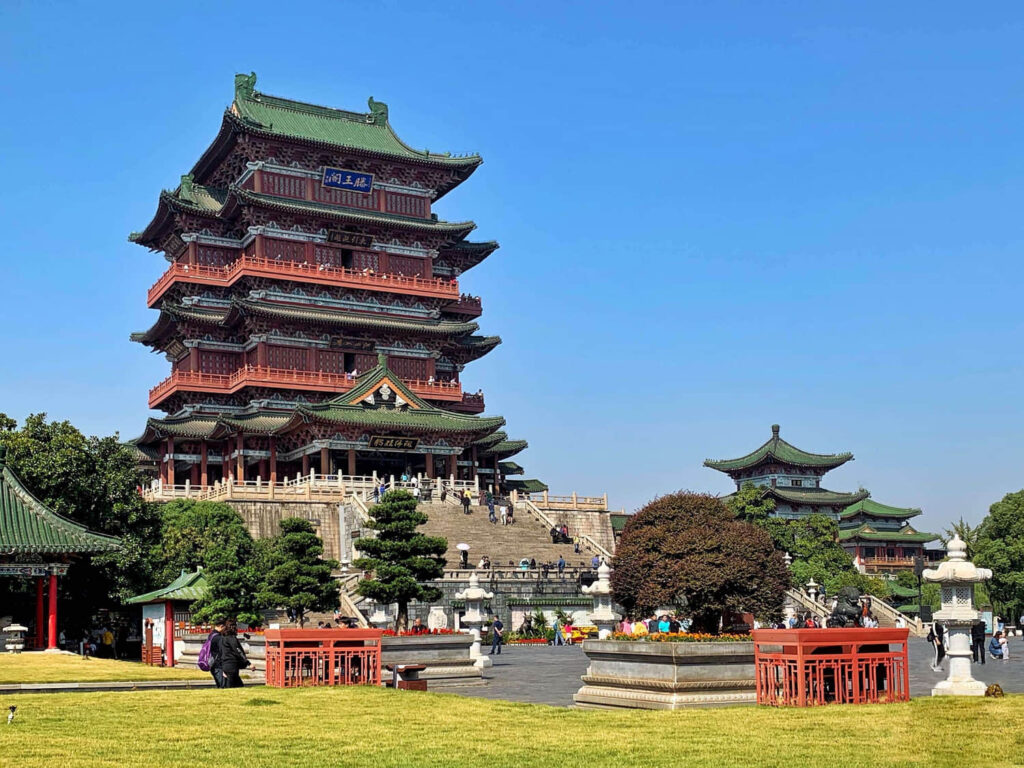
Continuing along the G70 Fuyin Expressway, you will also arrive in Wuhan, a city that was born by the river, the Yangtze River running through the city, and numerous lakes all over the city.
During your stay in Wuhan, you may want to visit East Lake, Huanghelou, Botanical Garden, Wuhan University, Hanzheng Street, Guiyuan Temple, Dongpo Red Cliff, Mulan Mountain, Qingchuan Pavilion, and other attractions one by one.
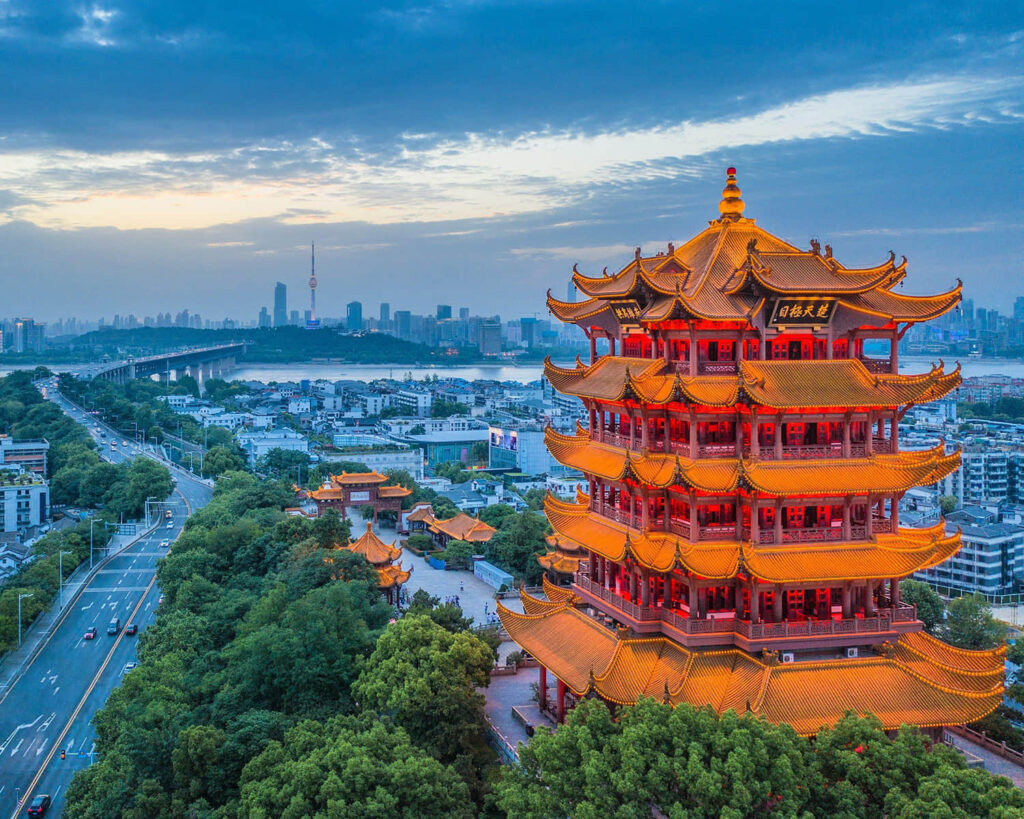
3. All the way to the north: Qinling Loess
If you follow the G70 Fuyin Expressway and cross the confrontation channel between Tongbai Mountain and Dahong Mountain, you will arrive at Xiangyang. Continuing westward, you can enter the Qinling Mountains, then go over the Qinling Mountains via Shiyan, cross Shangluo and enter the Guanzhong Basin, and you also arrive at Xi’an.
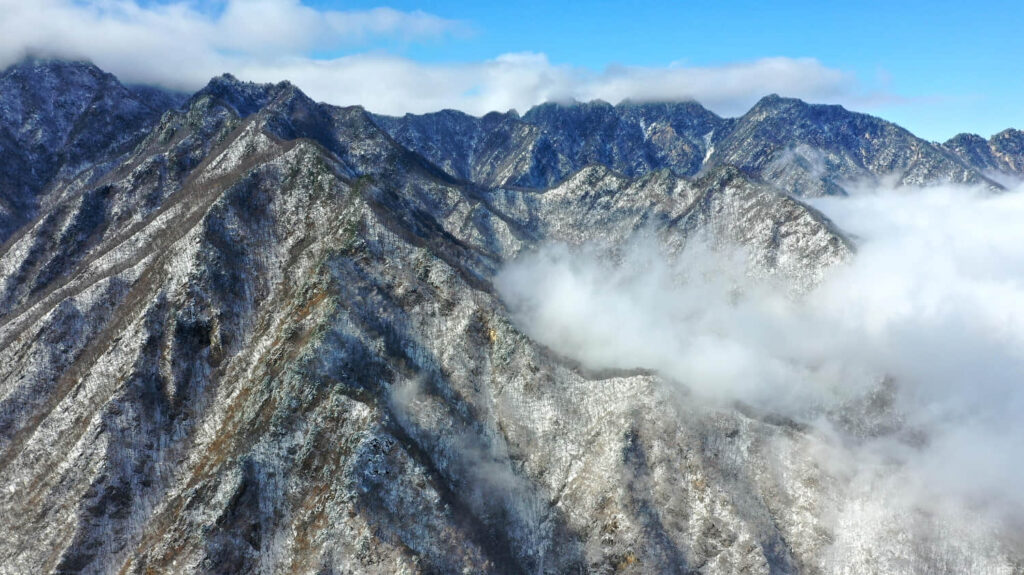
The Silk Road began here, and countless dynasties left their traces here.
The most attractive thing here is naturally the flourishing Tang culture, such as Cien Temple and Big Wild Goose Pagoda, the Great Tang Hibiscus Garden, and the Great Tang City of Night.
If you have plenty of time, then be sure to visit the Shaanxi Museum, Drum Tower, Bell Tower, Ancient City Wall, Huimin Street, Daming Palace and other attractions to see and shop around.
Xi’an is a city worth staying in, so don’t let your pace in Xi’an be too hurried, and “release” some of the time saved on the highway in Xi’an so that you can enjoy the Stele Forest, listen to the Qin cantata, and get both spiritual and cultural satisfaction while touring the old city.
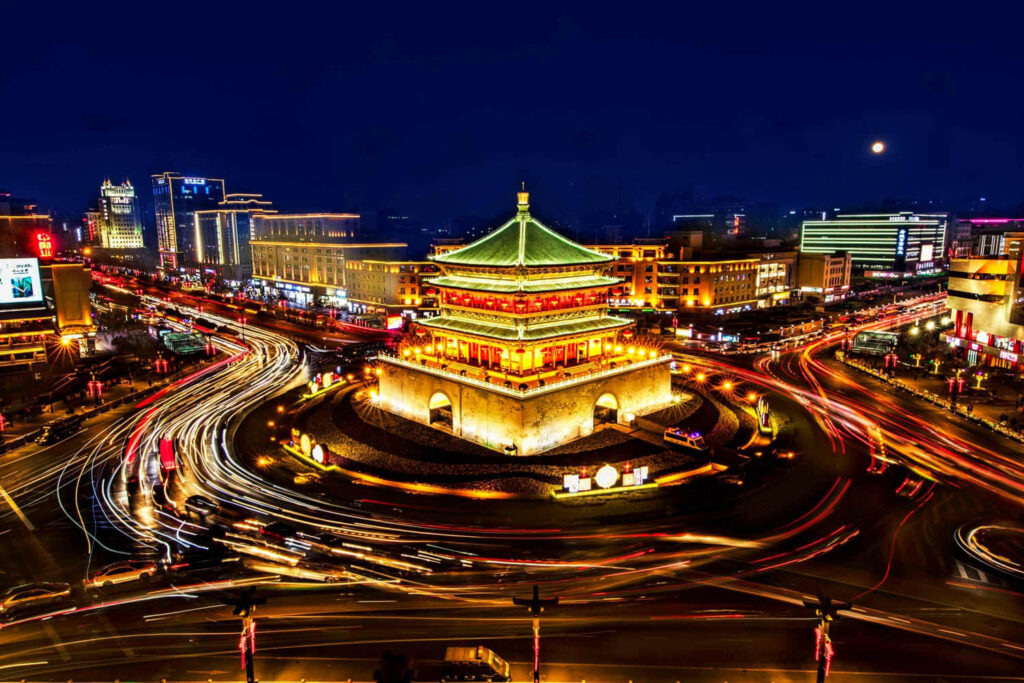
Leaving Xi’an and continuing on the Fuyin Expressway, the face of the Loess Plateau, the loess plateau, the mountain plateau and the mount will be unveiled one by one before your eyes.
The Xixia script, born on the loess, has made the Xixia kingdom a colorful mark in history.
It is like a green boat anchored in the vast yellow sand, and has become the survival home of countless people, as it can reach the Central Plains from the Yellow River in the east and reach Central Asia from the Helan Mountains in the west, and was an essential place for soldiers in ancient times.
Behind Yinchuan, the Helan Mountains, considered the “throat of the desert”, are the sacred mountains in the hearts of the Xixia people and the main area where the Great Wall was built by the Chinese dynasty. Here you can see the most important Xixia royal tombs in Ningxia, the Great Wall of various historical dynasties, such as the Qin Great Wall and the Ming Great Wall.
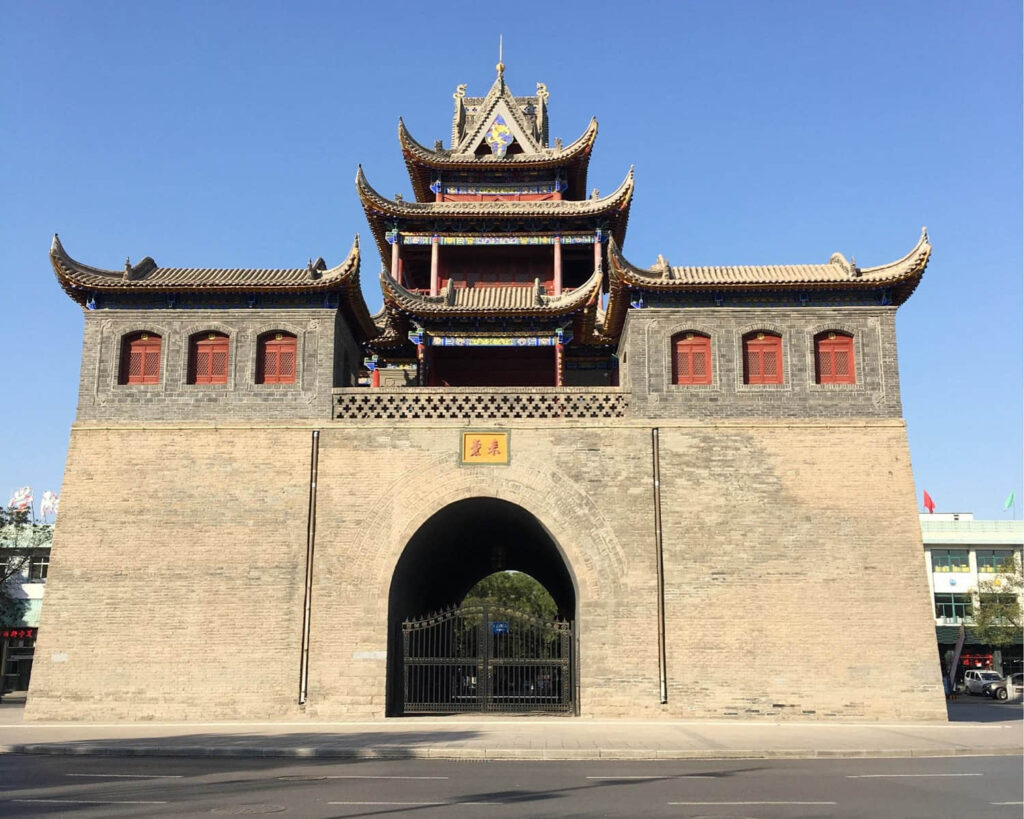
If you want to learn more about the culture of Xixia, you can go to the Xixia Museum at the foot of the mountain.
Of course, you can take a walk in the old town and streets of Yinchuan at the end of the trip, and look for the fireworks of Yinchuan.
G70 Fuyin Expressway is a road with the most beautiful landscape that connects east and west with the mountains and the sea.
